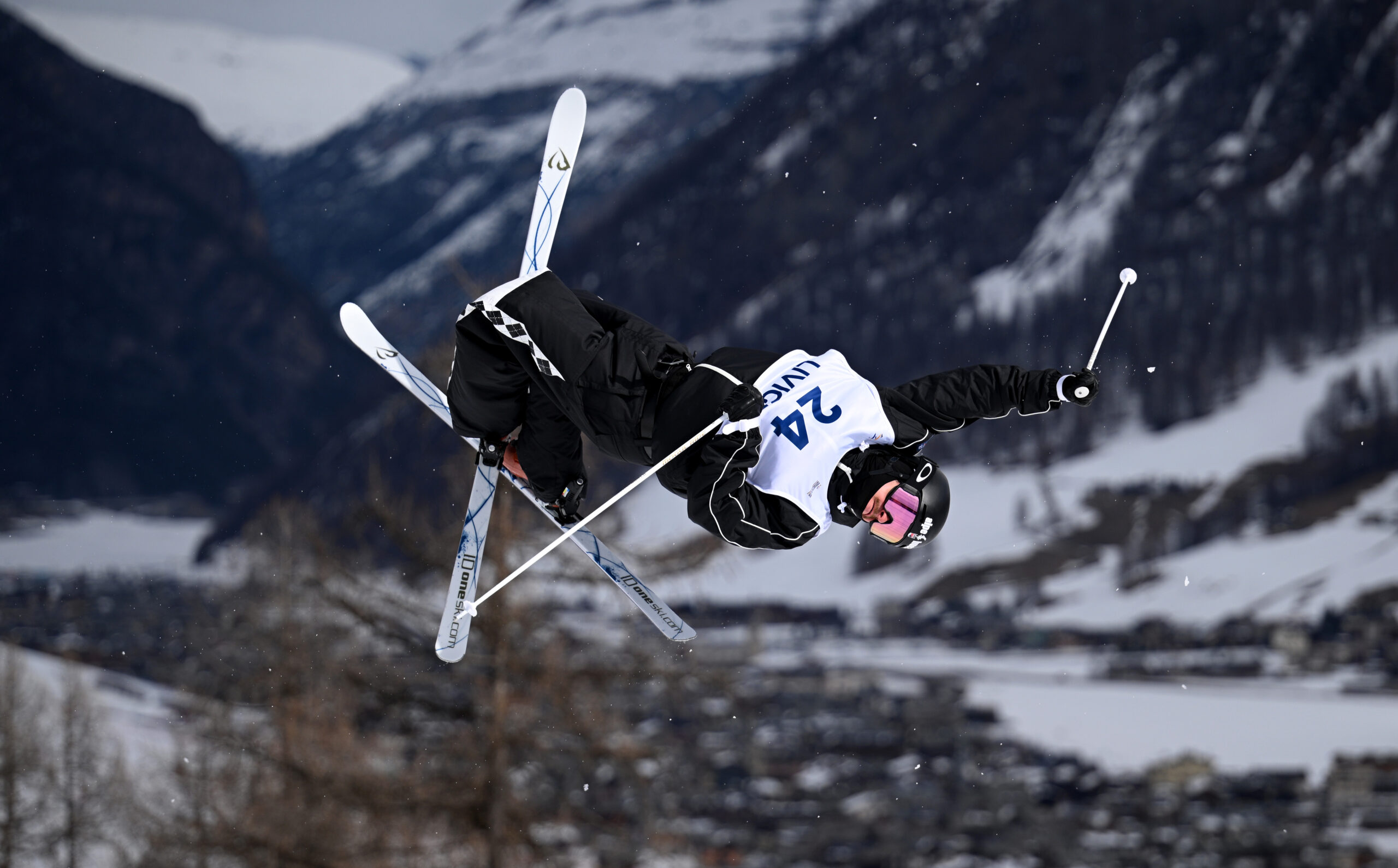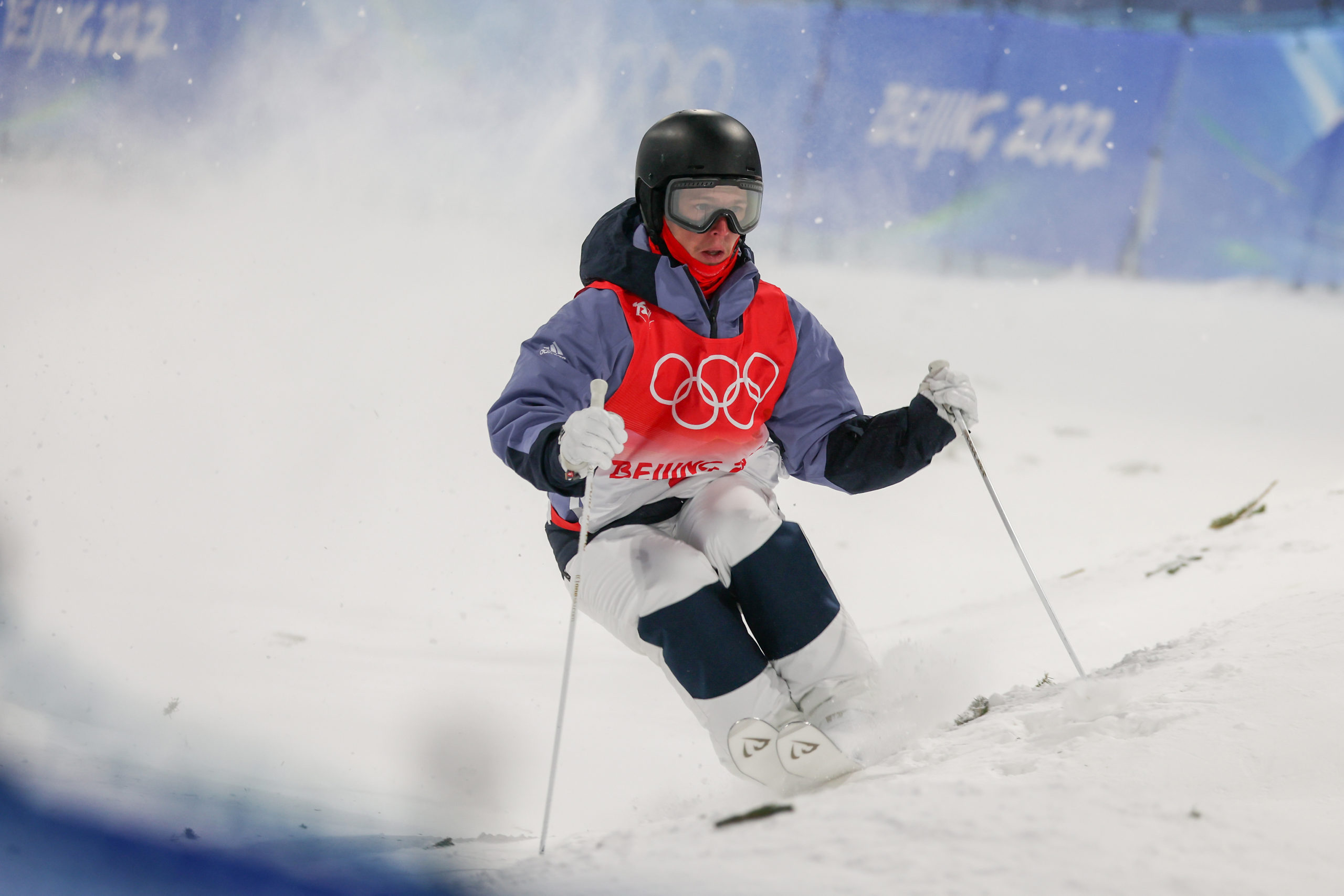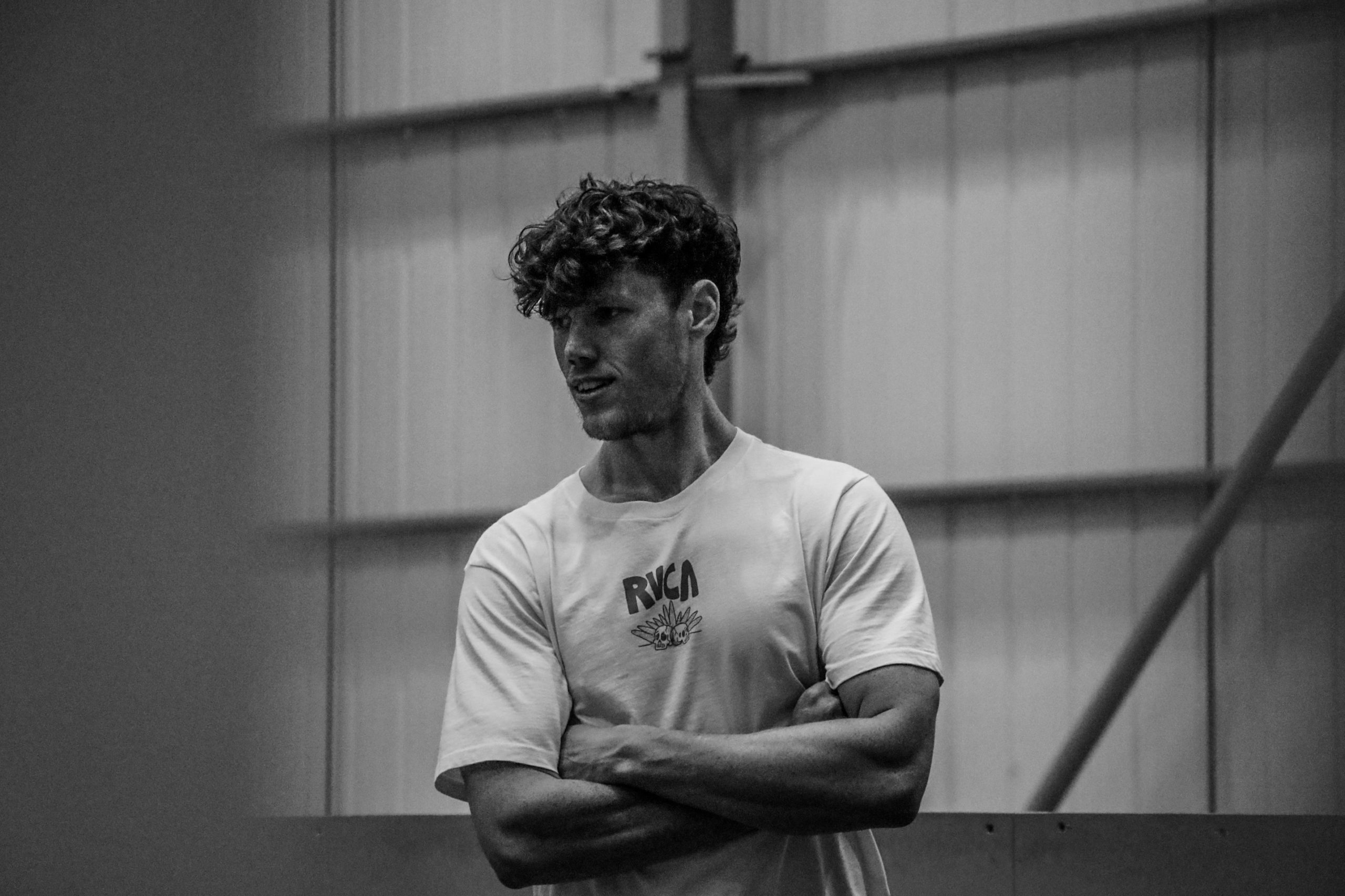
GB Snowsport Strength & Conditioning coach Jack Birch works behind the scenes to help athletes achieve their sporting ambitions, with an aim to develop athletes that are not only physically strong, but mentally strong too.
How and why did you get into strength & conditioning?
“From a young age I’ve always been obsessed with sport, the outdoors and competition and I was incredibly lucky to be exposed to all three growing up on the coast in Devon, with awesome family and friends and playing every sport imaginable. I’ve always been involved in sport competitively from a young age mainly through surfing, skateboarding and football but never quite made it to an elite level, through a variety of reasons (not being good enough as the main one!). After this realisation, I set my sights on figuring out how to stay in sport when I realised I could never do a normal 9-5 wearing a suit, in an office (after working a summer for my dad as an accountant), so set out on finding my path far away from that! Strength & conditioning allowed me to work with elite athletes, in a gym or outdoors and help prepare them for the highest levels of competition. This ticked all the boxes for me, and the pursuit to work outdoors, with sports I love, and athletes that want to do extraordinary things, is an incredible reality for me at the moment.”
What are the main goals of a strength & conditioning coach?
“The main goals of a Strength & Conditioning (S & C) coach are primarily to work with the coaches and support staff to provide training, on all elements of physical preparation for an athlete. Getting an athlete ‘strong’ may be a part of this but there are a variety of other roles an S & C coach can often have. The goals as a coach are hugely dependent on the athlete, their ambitions, characteristics, and preferences (among other things), however the goals of an S & C coach crudely can often be broken down to two main areas:
1. Maximise Performance in their Sport
2. Reduce Injury Risk
As a coach if I can play a part in an athletes life to enable them to achieve their sporting ambitions and help develop a physically and mentally robust human, that can leave their sport on their own terms (not through injury, fall out of love etc), then my job is done!”
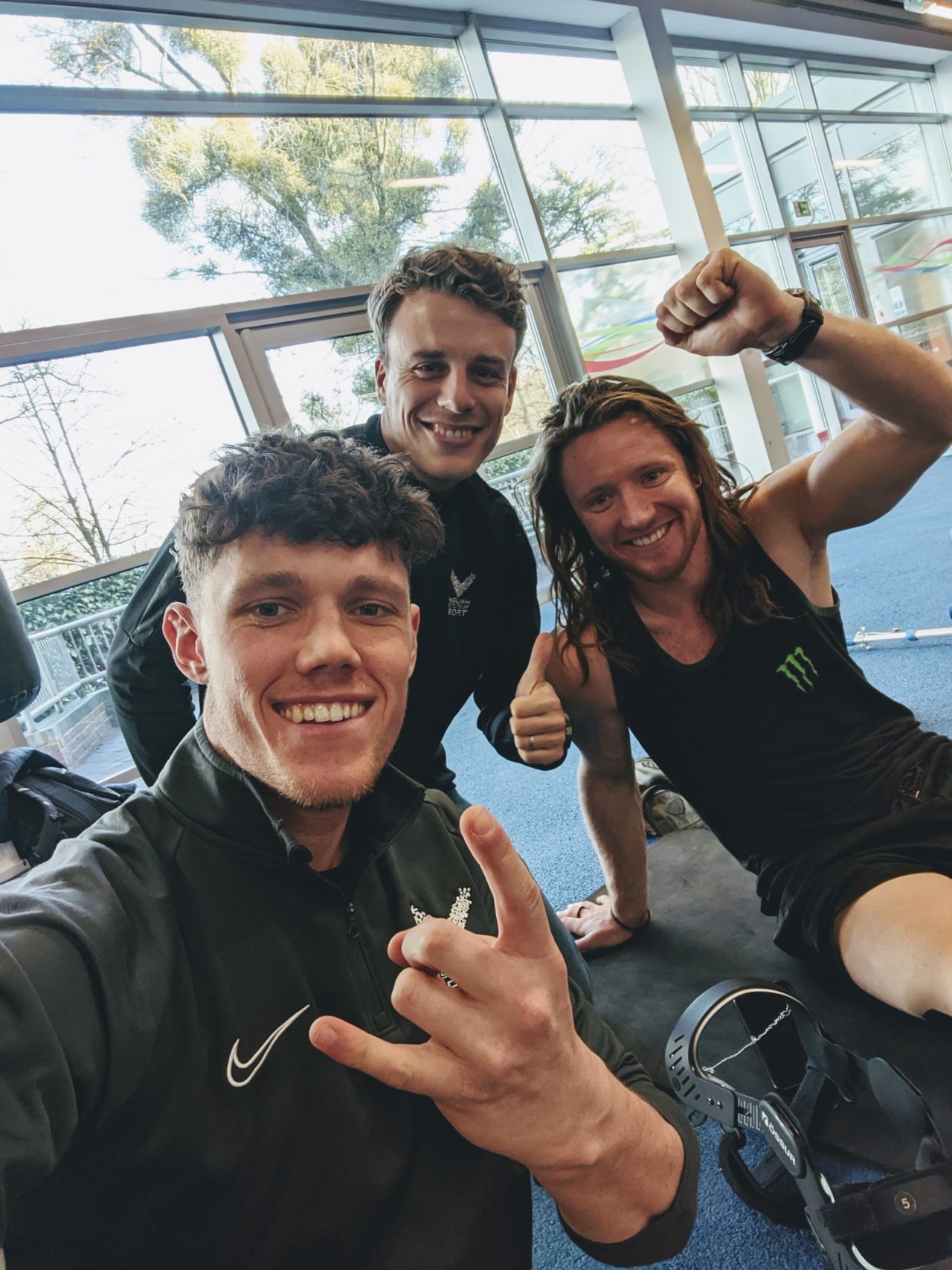
How do you help to build mental strength with the athletes?
“Mental strength or ‘resilience’ is something that comes in a variety of forms and is usually crafted throughout an athletes experiences over the course of their lives. Resilience can defined as, ‘an individual’s ability to successfully adapt to life tasks in highly adverse conditions,’ and the team of people closest to the athlete in their family, friends, coaches and support staff will probably all play a role at some point in developing this resilience. I truly do believe that mental resilience can be built through training, whether recovering from an injury, carry out tough training sessions or even turning up to train when you really don’t want to! As Archilochus said: “We don’t rise to the level of our expectations; we fall to the level of our training.’”
How do you get the athletes motivated?
“I usually don’t see my role as a motivator! However, there are a lot of athletes that don’t enjoy training in the gym (which I understand!), so making sessions fun, individualised and engaging is key. However, acquiring an understanding of what an athlete is motivated by and then tailoring your programmes towards that is pretty crucial for consistent engagement. Once you have this sorted, then hopefully the motivation can take care of itself.”
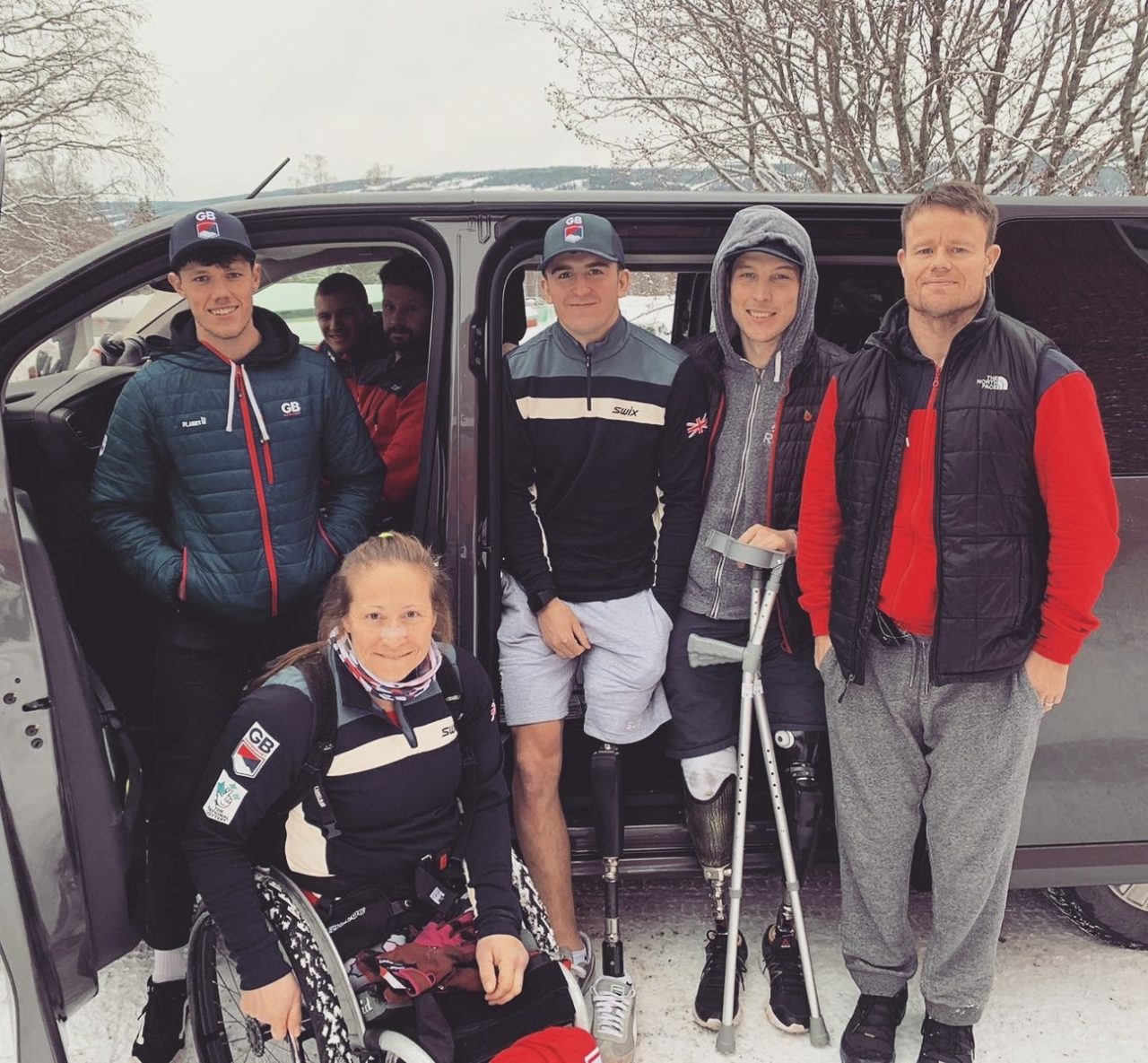
Is there a difference in training framework between the different GB Snowsport teams? If so, how do you cater to these differences?
“There are quite a few differences in the training structure of the different GB Snowsport teams, particularly considering the range of athletes between Olympic and Paralympic as well as the variety of sports from freestyle to cross country. What it takes to be successful is different for every sport, so the way in which we structure training is based on the individual and the requirements of success at that sport. Catering for these differences requires a solid understanding of the athletes’ needs, coaching styles and successful determinants of the sport. For example; a cross country skier that carries out ~1000hrs a year of mainly low intensity training; skiing, running or cycling with an event that lasts around 2 hours needs to be trained completely differently to a Slopestyle snowboarder, that carries out 600-1000hrs of training, mainly riding in snowparks carrying out a variety of explosive spins, rails, grabs and flips, as well as other boardsports (skateboarding, surfing) and gymnastic training, in a competitive event that lasts under a minute! They both share the snow but are very different in their demands.”
What are the most frequent injuries and mistakes while training and how can athletes avoid them?
“Unfortunately, injuries are a common occurrence in snowsports and can happen on different body parts for a variety of reasons. Each sport has their own unique demands which place different stresses on specific body parts, so training in the gym needs to be suited to that. The most frequent and significant injuries in snowsports are typically traumatic knee injuries, however in the endurance setting of Cross Country and Para Nordic it is typically, the chronic overuse injuries at knees/achilles or back/shoulder. The most common mistake athletes make when training is often ‘overtraining’, by doing ‘too much, too soon’ and overloading the body with more stress than it can handle. A couple key things athletes could do to avoid these types of injuries are:
- Consistent and gradual progressions in training volume, intensity and variation
- A basic strength training programme that focuses on effective jumping and landing mechanics, as well as keeping the major muscles around the knee and hip strong”
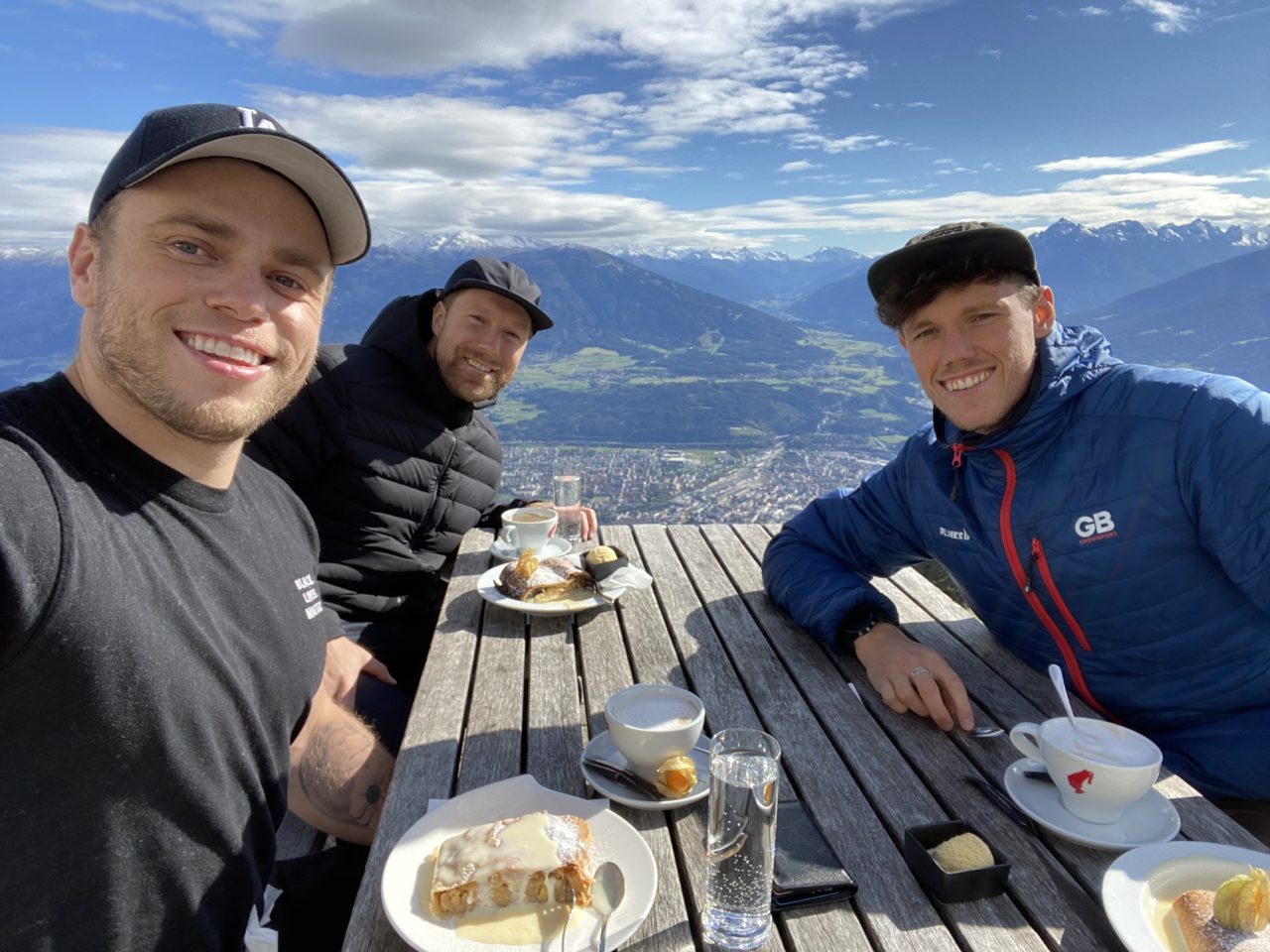
What’s your favourite exercise in the weights room?
“My favourite exercises in the weight room are probably the deadlift and pull up. The deadlift is essentially picking something heavy off the floor in the most efficient way possible, and requires effective coordination of major muscle groups, across multiple joints, using a hinging and pulling motion. The pull up is one of the key exercises for building upper body strength, improving shoulder health and developing grip strength. Nowadays we spend a lot of time sitting, hunched over our desks or phones and then bench pressing when we head to the gym, which typically does not help our posture so throwing in some pullups to our training can help! Although my favourite exercise is usually outside of the weight room; surfing, snowboarding, jiu jitsu or cycling!”
“For any questions/tips, feel free to fire me a message @CoachJackBirch on IG.”
 Share
Share
